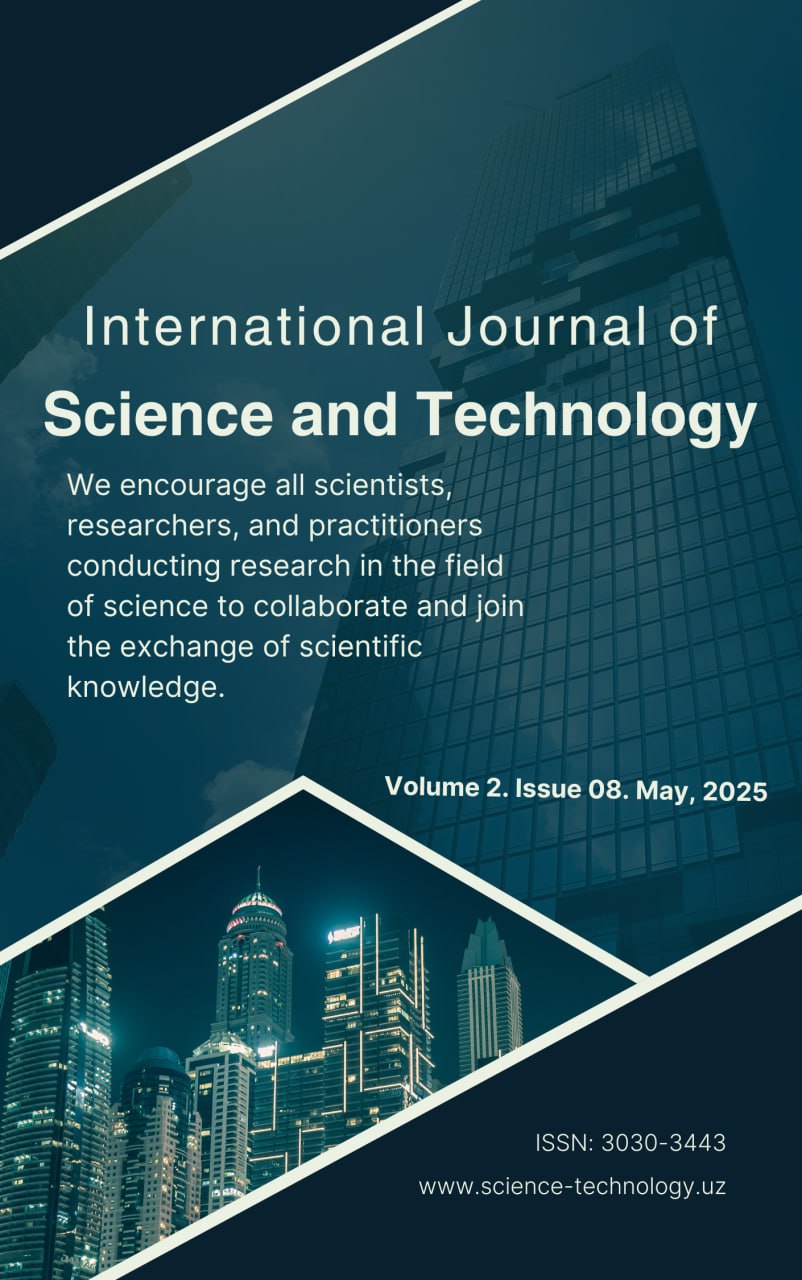INTEGRATING METACOGNITIVE STRATEGIES AND DIGITAL TOOLS TO IMPROVE SPEAKING PROFICIENCY IN EFL CLASSROOMS
Published 23-06-2025
Keywords
- Metacognitive strategies, EFL speaking proficiency, digital tools, language learning technology, self-regulation, learner autonomy, speaking fluency, mobile-assisted language learning, feedback systems, strategic learning, speech recognition tools, virtual classrooms, cognitive development, language pedagogy, monitoring, planning, self-evaluation, AI tools, communicative competence, oral practice.

This work is licensed under a Creative Commons Attribution-NonCommercial-NoDerivatives 4.0 International License.
How to Cite
Abstract
Developing speaking proficiency remains one of the most challenging aspects of English as a Foreign Language (EFL) instruction, particularly in environments where learners have limited exposure to authentic communicative contexts. This paper explores how the integration of metacognitive strategies—such as planning, monitoring, and self-evaluation—with digital tools can significantly enhance
students’ oral language development. Metacognitive awareness empowers learners to take control of their speaking processes, while
technology provides dynamic platforms for interaction, practice, and feedback. The study draws on recent pedagogical research and
classroom-based evidence to illustrate how digital tools such as speech recognition software, mobile apps, virtual classrooms, and AIdriven feedback systems can support strategic thinking and speaking practice. It also examines teacher roles in scaffolding metacognitive strategy use through technology-enhanced tasks. Findings suggest that a combined cognitive-technological approach not only improves learners’ speaking fluency but also fosters learner autonomy, motivation, and confidence. The article concludes with practical recommendations for language educators seeking to create metacognitively rich and technologically innovative speaking environments in EFL contexts.
References
- Bakhtiyarovich, N. B. (2024, August). LINGVOCOGNITIVE AND LINGUOCULTURAL STUDY OF MEASUREMENT UNITS IN ENGLISH AND UZBEK LANGUAGES. In INTERDISCIPLINE
- INNOVATION AND SCIENTIFIC RESEARCH CONFERENCE (Vol. 22, No. 2, pp. 51-53).
- ENGLISH SPEAKING: TIPS FOR IMPROVING PUBLIC SPEAKING, CONVERSATION SKILLS, AND PRONUNCIATION 2024-01-30
- LINGUOCULTURAL STUDY OF ANTONYMS USED IN LITERARY TEXT.
- Nazarov , B. (2024). ENGLISH SPEAKING: TIPS FOR IMPROVING PUBLIC SPEAKING, CONVERSATION SKILLS, AND PRONUNCIATION. Talqin Va Tadqiqotlar, 2(2(39). извлечено от
- https://talqinvatadqiqotlar.uz/index.php/tvt/article/view/1795
- Nazarov Behzod Baxtiyarovich. (2024). LEARNERS’ MOTIVATION AND ATTITUDE TOWARDS ENGLISH AS A FOREIGN LANGUAGE. Kokand University Research Base, 205–210. Retrieved from https://scholar.kokanduni.uz/index.php/rb/article/view/312
- Nazarov Behzod Baxtiyarovich. (2024). POSSIBILITIES OF USING INTERNET IN TEACHING ENGLISH LANGUAGE. Kokand University Research Base, 211–216. Retrieved from
- https://scholar.kokanduni.uz/index.php/rb/article/view/313
- Nazarov Bekhzod Bakhtiyarovich. (2023). THE USE OF MODERN TECHNOLOGIES IN TEACHING FOREIGN LANGUAGE SPEAKING IN HIGH SCHOOL. QO‘QON UNIVERSITETI XABARNOMASI, 1(1), 971–974. https://doi.org/10.54613/ku.v1i1.476
- Nazarov, B. (2024). LINGVOCOGNITIVE AND LINGUOCULTURAL STUDY OF MEASUREMENT UNITS IN ENGLISH AND UZBEK LANGUAGES. QO‘QON UNIVERSITETI XABARNOMASI, 13, 292–294. https://doi.org/10.54613/ku.v13i.1080
- Nazarov, B. (2024). MEASUREMENT UNITS IN THE ENGLISH AND UZBEK LANGUAGES: LINGUOCOGNITIVE AND LINGUOCULTURAL INVESTIGATION. QO‘QON UNIVERSITETI XABARNOMASI, 13, 306–308. https://doi.org/10.54613/ku.v13i.1085
- Nazarov, Bekhzod Bakhtiyarovich (2022). LINGUOCULTURAL STUDY OF ANTONYMS USED IN LITERARY TEXT. Oriental renaissance: Innovative, educational, natural and social sciences, 2 (6), 1115-1119.

